This page contains a comprehensive list of chemistry vocabulary terms. Users can access games, flashcards, and other resources to enhance their understanding of the subject. Explore the various tools available to help strengthen your knowledge of chemistry terminology.
Chemistry is the scientific study of matter, its properties, structure, composition, and the changes it undergoes during chemical reactions. Understanding chemistry is crucial in fields such as medicine, engineering, and environmental science. By studying chemistry, students learn how to analyze data, think critically, and solve complex problems. Chemistry plays a vital role in everyday life, from the food we eat to the products we use. Overall, chemistry is a fascinating subject that allows us to better understand the world around us.
Practice & Reinforce Your Learning
Chemistry Vocabulary List
Organic Chemistry
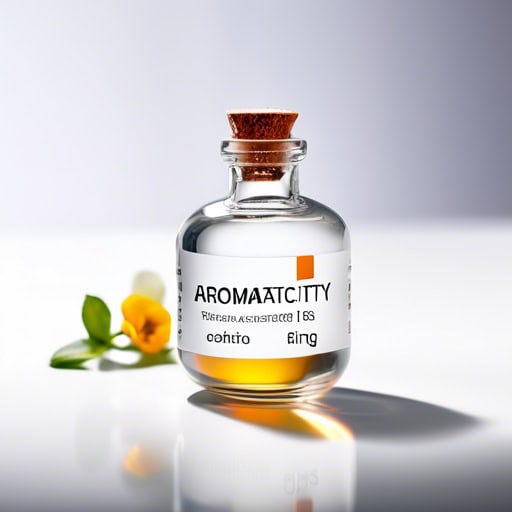
- The concept of aromaticity is essential in understanding the reactivity of benzene and other cyclic compounds.
- Aromaticity plays a crucial role in determining the stability of organic molecules.
- Aromaticity is often associated with resonance stabilization and delocalization of electrons within the ring structure.

- The elimination reaction resulted in the formation of a double bond between two carbon atoms.
- The elimination of a hydrogen atom from the molecule led to the creation of a more stable compound.
- The elimination of a functional group during the reaction produced a completely different chemical structure.

- The hydroxyl functional group in alcohols is responsible for their characteristic properties.
- The carbonyl functional group in ketones and aldehydes gives them distinct reactivity.
- Amino acids contain an amino functional group and a carboxyl functional group.
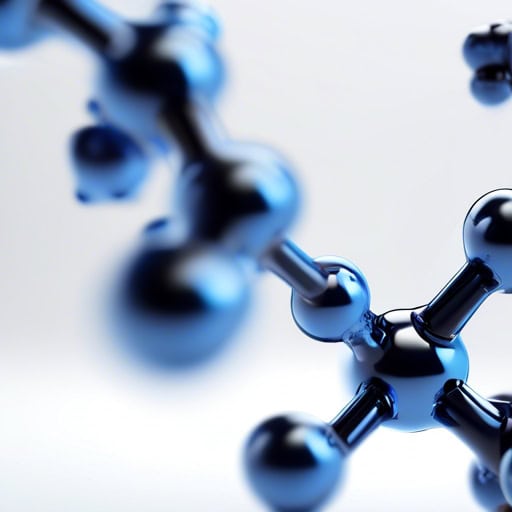
- Hydrocarbons are the main component of fossil fuels such as gasoline and diesel.
- The chemical structure of a hydrocarbon can vary greatly, leading to a wide range of properties and uses.
- Methane is the simplest hydrocarbon, consisting of just one carbon atom bonded to four hydrogen atoms.
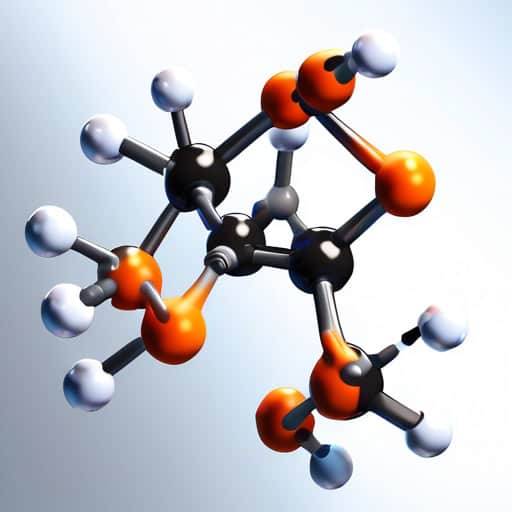
- The two isomers of butane have different boiling points despite having the same molecular formula.
- The cis and trans isomers of cyclohexane have distinct spatial arrangements, resulting in different chemical reactivities.
- Optical isomers have mirror-image structures that cannot be superimposed onto each other, leading to different biological effects.
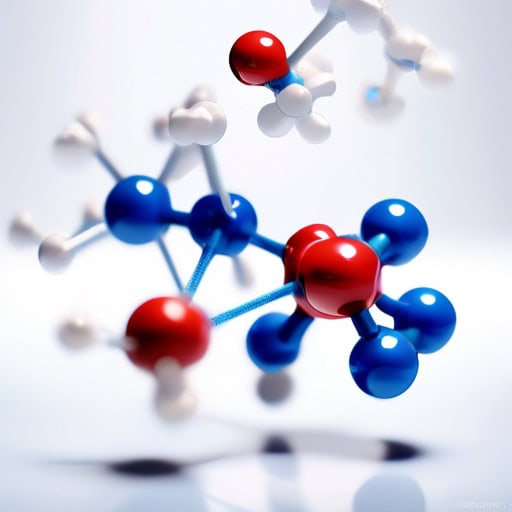
- His research focused on the stereochemistry of organic compounds and how it influences their reactivity.
- Understanding stereochemistry is crucial in drug design to ensure the correct orientation of molecules for optimal efficacy.
- The stereochemistry of chiral molecules can have significant implications on their biological activity.
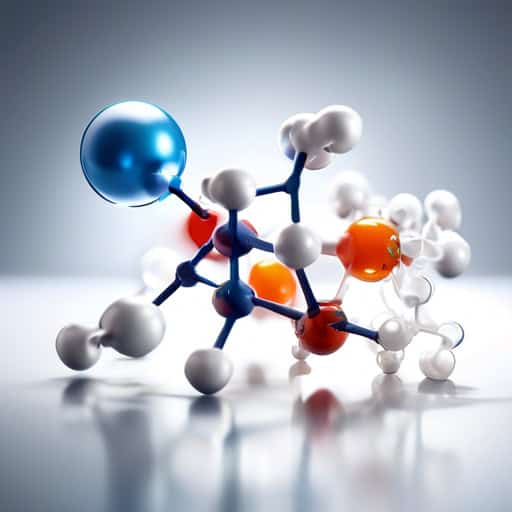
- In organic chemistry, substitution reactions often involve the replacement of a hydrogen atom with a halogen atom.
- The Sn1 and Sn2 mechanisms are commonly used to describe different types of substitution reactions.
- Nucleophilic substitution is a fundamental concept in organic chemistry that involves the replacement of a leaving group with a nucleophile.
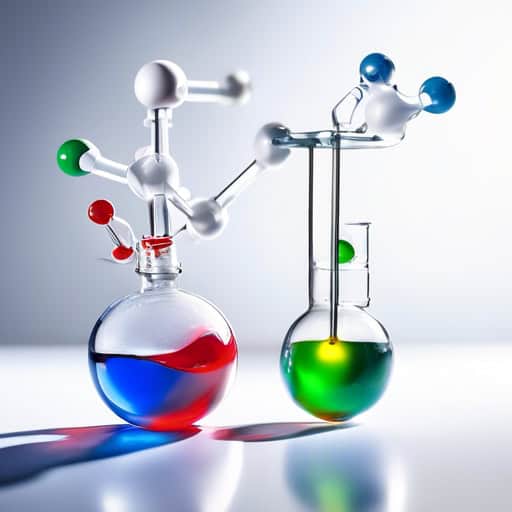
- In organic chemistry, addition reactions are an important mechanism for creating new molecules.
- The addition of a hydrogen atom to an unsaturated compound can result in a saturated compound.
- In the addition of ethylene to water, the product formed is ethanol.
Inorganic Chemistry
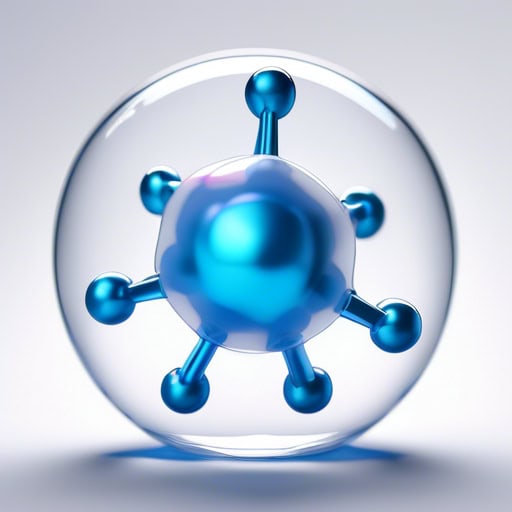
- The valence of an atom determines its ability to form chemical bonds with other atoms.
- Elements with a higher valence are more likely to form ionic bonds.
- The valence of an element can be determined by looking at its electron configuration.

- The transition metals exhibit a wide range of oxidation states due to their partially filled d orbitals.
- The transition elements are known for forming vibrant colored compounds.
- The transition metals play a crucial role in catalyzing chemical reactions due to their variable oxidation states.
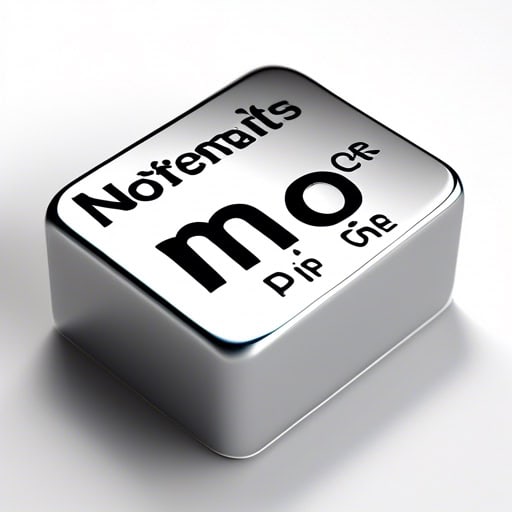
- Oxygen, nitrogen, and carbon are all examples of nonmetals found on the periodic table.
- Nonmetals tend to form covalent bonds with other elements due to their lack of metallic properties.
- Nonmetals are essential for life as they are found in important molecules such as proteins, DNA, and carbohydrates.
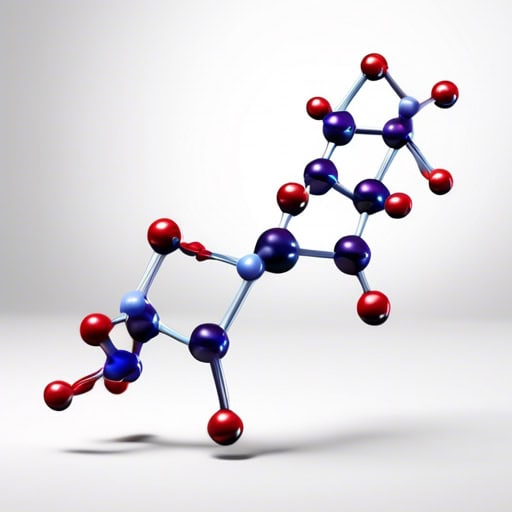
- The water molecule consists of two hydrogen atoms bonded to one oxygen atom.
- Carbon dioxide is a molecule composed of one carbon atom bonded to two oxygen atoms.
- DNA is made up of two strands of nucleotide molecules twisted around each other in a double helix structure.
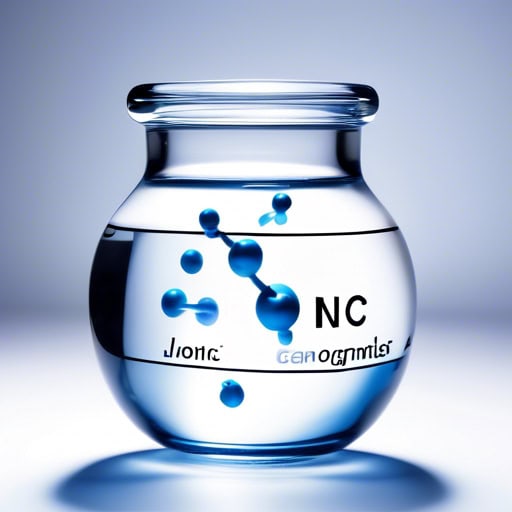
- The ionic bond between sodium and chlorine creates salt.
- Ionic compounds have high melting and boiling points due to their strong bonds.
- In an ionic bond, electrons are transferred from one atom to another.
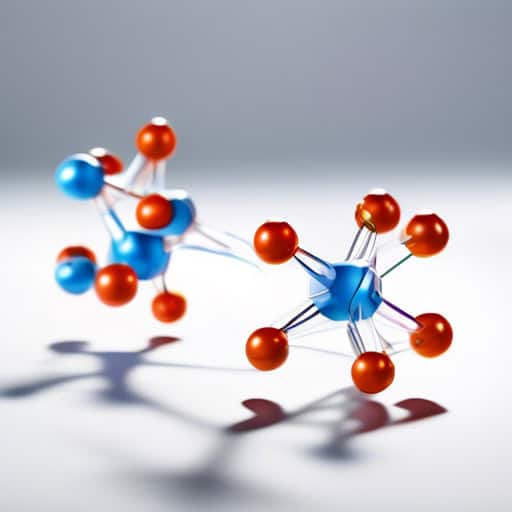
- She studied the coordination of metal ions with ligands in her chemistry lab.
- The successful coordination of the central metal ion with the surrounding ligands was crucial for the stability of the complex.
- The coordination between the team members was impeccable, resulting in a flawless presentation.

- The scientist synthesized a new compound in the laboratory by combining two elements.
- The compound formed a crystal lattice structure, indicating its stability.
- The properties of the compound were tested to determine its potential applications in industry.

- The jewelry was made from precious metals such as gold and silver.
- The construction industry relies heavily on metals like steel and aluminum.
- The mining company specializes in extracting rare metals like platinum and palladium.
Analytical Chemistry

- The researcher used quantitative analysis to measure the concentration of the chemical in the solution.
- Quantitative analysis revealed that the sample contained a high level of impurities.
- The accuracy of the results obtained through quantitative analysis was confirmed by repeating the experiments multiple times.

- Spectroscopy is a powerful tool in chemistry for identifying and quantifying substances based on their unique spectral fingerprints.
- UV-Vis spectroscopy is commonly used to measure the absorption of light by chemical compounds, providing information about their electronic structure.
- Nuclear magnetic resonance spectroscopy is a technique that can reveal detailed information about the structure and dynamics of molecules in solution.

- The qualitative analysis of the unknown substance revealed the presence of several different compounds.
- During the experiment, the researchers used various techniques for qualitative analysis to determine the composition of the sample.
- The results of the qualitative analysis suggested that the sample contained high levels of iron and calcium.

- Mass spectrometry is a powerful tool for identifying unknown compounds in various samples.
- The accuracy and sensitivity of mass spectrometry make it an essential technique in many scientific fields.
- Researchers rely on mass spectrometry to determine the molecular structure of complex molecules.

- Gas chromatography is a common method used to separate and analyze volatile compounds.
- Liquid chromatography is often used to analyze non-volatile compounds in a sample.
- High-performance liquid chromatography (HPLC) is a popular chromatographic technique for separating and quantifying components in a mixture.

- The scientist plotted the data points on the calibration curve to determine the concentration of the unknown sample.
- After calibrating the instrument using a standard solution, the calibration curve was generated to ensure accurate measurements.
- The calibration curve proved to be linear, indicating a strong correlation between concentration and response.

- The concentration of the analyte in the sample was determined using a spectrophotometer.
- The analyte was found to be present in high levels in the water sample, indicating contamination.
- The lab technician carefully prepared the standards to calibrate the instrument for accurate measurement of the analyte.
Physical Chemistry
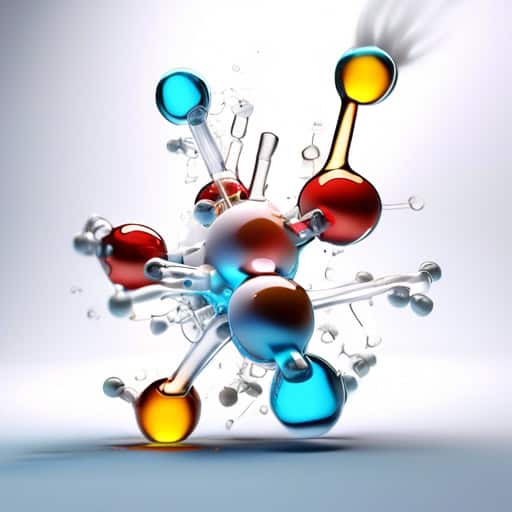
- The chemical reaction between sodium and chlorine produces table salt.
- During a chemical reaction, energy is either absorbed or released.
- Understanding the mechanism of a chemical reaction is crucial in the field of chemistry.

- Electrochemistry is used in industries for various processes like electroplating and electrolysis.
- Understanding the principles of electrochemistry is crucial for designing efficient batteries.
- Researchers are constantly exploring new ways to apply electrochemistry in renewable energy technologies.
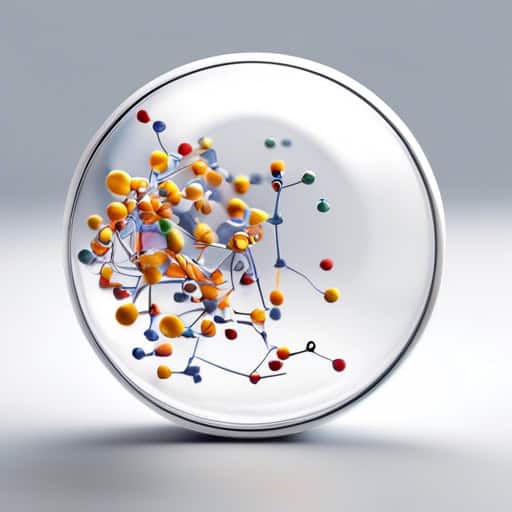
- The concept of entropy is often used in thermodynamics to describe the amount of energy that cannot be used to perform work.
- Entropy tends to increase in closed systems over time, leading to a gradual decrease in the system's ability to do work.
- In the context of information theory, entropy is used to measure the uncertainty or randomness in a given set of data.

- The system reached a state of equilibrium when the concentrations of reactants and products remained constant.
- In order to calculate the equilibrium constant, one must understand the relationship between the concentrations of species at equilibrium.
- When the system is at equilibrium, the reaction proceeds in both directions at the same rate.

- The kinetics of the reaction were studied in detail to determine the rate constant.
- Understanding the kinetics of a reaction is crucial for optimizing reaction conditions.
- The study of reaction kinetics allows scientists to predict how quickly a reaction will occur under specific conditions.
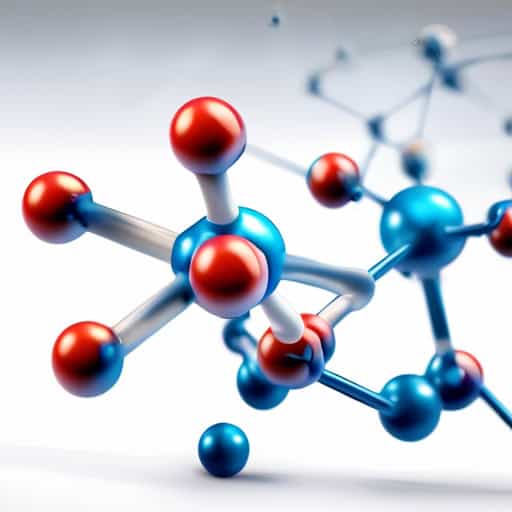
- The molecular structure of water consists of two hydrogen atoms bonded to one oxygen atom in a bent shape.
- Understanding the molecular structure of a compound is crucial for predicting its chemical properties and behavior.
- Scientists use various techniques such as X-ray crystallography to determine the precise molecular structure of a molecule.

- Quantum mechanics is a complex and fascinating field of study that challenges our understanding of the universe.
- Many groundbreaking discoveries have been made in the field of quantum mechanics, leading to advancements in technology and our understanding of the natural world.
- The principles of quantum mechanics have revolutionized the way we think about the behavior of particles and energy on a microscopic scale.

- Thermodynamics is a fundamental concept in chemistry that helps explain how energy is transferred and transformed in chemical reactions.
- Understanding the principles of thermodynamics is crucial for predicting the behavior of chemical systems and designing efficient processes.
- The laws of thermodynamics govern the direction and extent of chemical reactions, providing valuable insights into the behavior of matter and energy.
Quick Facts
- Chemistry is the study of matter, its properties, how it interacts, and the changes it undergoes.
- The periodic table, a cornerstone of chemistry, organizes elements based on their atomic structure and properties.
- Chemical reactions occur when bonds between atoms are broken and new bonds are formed, resulting in the creation of new substances.
- Acids and bases are fundamental concepts in chemistry, with acids having a pH below 7 and bases having a pH above 7.
- Chemistry plays a crucial role in everyday life, from the food we eat to the medicines we take, and even the materials used in technology and construction.
